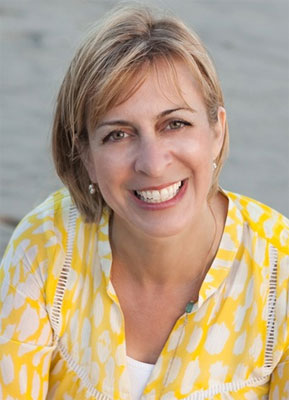Born and raised in Southern California, Carolyn Hampton first fell in love with photography at the age of 10 when her parents gave her a Pentax camera for her birthday. With camera always in hand, Carolyn went on to live in two European countries, travel the world, and learn to speak several languages. On a long trip by herself to Sub-Saharan Africa, shooting many rolls of film in that beautiful light amid a wild and unpredictable landscape, an artistic spark was ignited.
That passion for photography grew with the birth of her daughter, when Carolyn was inspired to recreate childhood dreams, memories, rituals and fantasies. With her daughter as her muse, and using artifacts that have been passed down through generations of her family, Carolyn’s work is intensely personal and often carries symbolic meaning. Her intention is to create a timeless image that calls to mind the beginning of a story of childlike innocence, for which the viewer can determine what happens next. Many of us are captivated by the same visions, stories and themes, either subconsciously or consciously, because of our shared human experience.
Carolyn’s work is held in private collections, including that of Jock Sturges, Kim & Gina Weston, and the Center for Fine Art Photography, has been exhibited in galleries and fine art festivals worldwide, and has been published in books, magazines, newspapers, exhibition catalogues, and on popular blogs.
Source: www.carolynhampton.com
